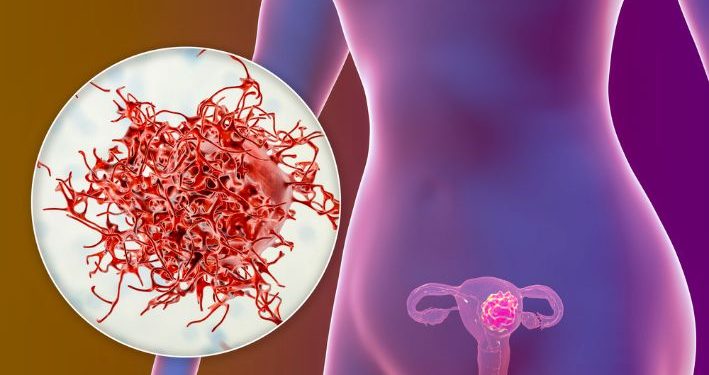Uterine polyps are small or soft growths that occur in the tissue that lines the inside of the uterus, or womb. These growths can range in size from as small as a sesame seed to the size of a golf ball, and they may appear in one or many locations. Fortunately, the majority of uterine polyps are not cancerous and do not need to be treated. However, the condition can lead to issues with fertility if left untreated and may also cause irregular bleeding in women.
Women who experience symptoms of uterine polyps should contact their doctor immediately for diagnosis and treatment. Symptoms can include abnormal or heavy menstrual bleeding, long periods, spotting between menstrual cycles and infertility.
Experts do not know what causes uterine polyps, but they are believed to develop as a result of overgrowth of endometrial tissue. This overgrowth may be caused by changes in hormone levels that occur each month. Each month, estrogen levels rise and fall, causing the lining of the uterus to thicken and then shed. If the lining grows too much, the resulting tissue forms a polyp.
The most common symptom of uterine polyps is irregular, acyclic bleeding. These irregular bleeding patterns can be triggered by a number of factors, including pregnancy, hormonal therapy, medication use and sexual activity. Occasionally, uterine polyps can also lead to recurrent miscarriages and complications during childbirth.

Irregular bleeding is the most common symptom of uterine polyps and can happen if the uterus or cervix becomes irritated by the presence of the growths. This can lead to heavy or prolonged menstrual periods, spotting between periods and even bleeding after sex. This type of blood loss can be difficult for a woman to cope with, and it can interfere with her daily life.
Other symptoms of uterine polyps include difficulty getting pregnant, infertility and pain in the lower abdomen. Many women with uterine polyps report that their symptoms improve once they have gone through menopause.
There are several ways that doctors can detect uterine polyps, and most of these tests involve a transvaginal ultrasound and hysteroscopy. During the hysteroscopy, a doctor inserts a camera into the uterus through the vagina and cervix. The camera takes pictures that are sent to a monitor, making it easier for the doctor to spot polyps. The doctor can then use a surgical tool called a curettage to remove the polyps or tissue.
While most uterine polyps are not cancerous, they can sometimes turn into a form of cancer called a leiomyosarcoma. The risk of this form of cancer increases with age, so it is important to see your doctor if you are experiencing any signs or symptoms of the condition. If necessary, a gynecologist can perform additional tests to determine if the polyps are cancerous. If the tests are negative, there is no need for treatment, but if the polyps are found to be cancerous, there are a number of options for removal and prevention.









